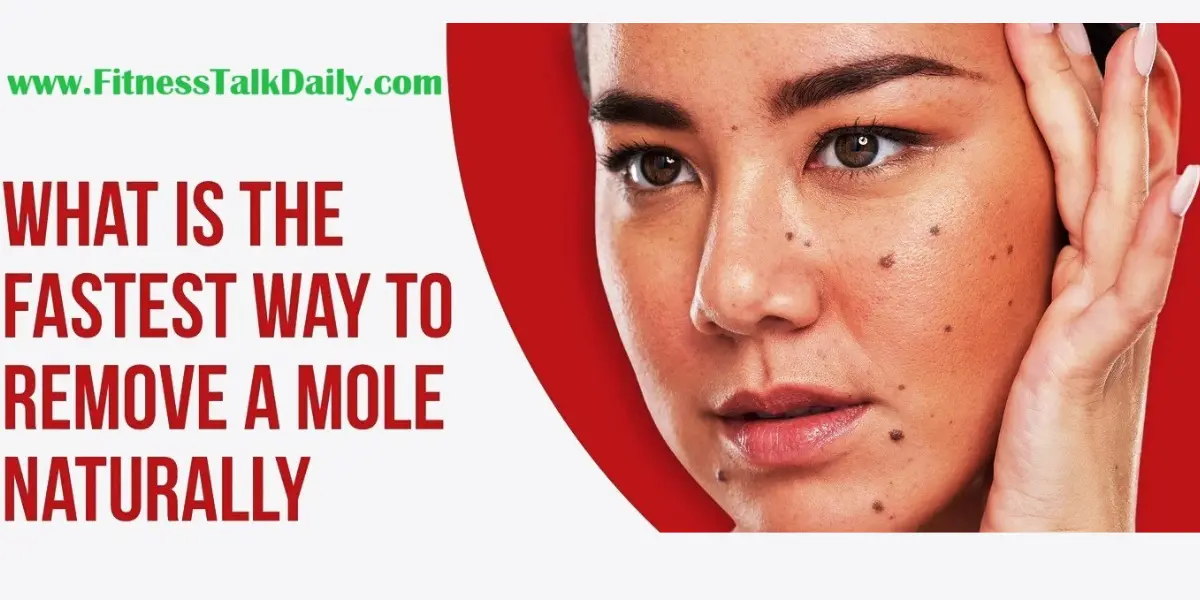Introduction
Various irregularities can develop on the skin, with moles and warts being the most common. Other types include skin tags, lesions, and more. Moles and warts can be painful or aesthetically displeasing, causing embarrassment and a desire for removal.
Many people consult dermatologists for these skin irregularities, often seeking surgical removal. Dermatologists may use medications, creams, or other procedures. However, not everyone is comfortable or can afford professional removal. Fortunately, there are natural and safe methods you can try at home.
This blog aims to educate you about moles and warts and provide natural home remedies for their removal. These methods are safe for any skin irregularity and can improve the appearance of various skin issues. If natural methods don’t work or the irregularity worsens, it’s best to consult a physician or dermatologist.
Natural removal methods are generally less expensive and less likely to leave scars compared to surgical procedures.
What Are Warts?
Warts are benign tumors in the epidermis caused by a viral infection. Specifically, the human papillomavirus (HPV), a double-stranded DNA virus, is responsible for warts. The virus resides in the lower layer of the epidermis, and while the skin may appear normal, warts can form on the outer layer.
There are many types of HPV, each potentially causing different warts. Some HPV subtypes are linked to cervical and other cancers. Warts can appear anywhere on the body and are common, with most people experiencing them at least once.
Contrary to myths, warts are not caused by frogs and do not have roots. They grow in the epidermis and may displace the dermis but do not penetrate it. Warts may feel hard externally but are soft and tender underneath. Exposure to air hardens them.
Appearance of Warts
Warts typically grow in cylindrical columns. On the face, these columns don’t fuse due to thinner skin, while on thicker skin areas like fingers and feet, they fuse tightly, creating a mosaic pattern. Black dots in warts are clotted blood vessels.
Different Types of Warts
Warts vary based on the HPV strain. Common types include:
- Classic Warts: Common in children, appearing anywhere on the body.
- Plantar Warts: Painful warts on the soles of the feet, often disabling due to pain.
- Periungual Warts: Found around fingernails and toenails, often due to poor hygiene.
- Flat Warts: Usually on children’s faces, with flat, smooth tops.
- Molluscum Contagiosum: Caused by the poxvirus, often referred to as warts by doctors.
Causes of Warts
Warts are caused by the human papillomavirus, which affects individuals differently. With over 100 strains, the virus develops in the epidermis and can cause warts anywhere on the body, including the genitals, rectal area, and mouth. There is no cure for HPV, and treatments only address wart removal, not prevention.
Wart behavior varies; some are easily treated, while others persist. Recurrence is common, and warts may be painless or painful, depending on their location.
Are They Contagious?
Warts are highly contagious and can spread through contact. Children often spread warts by touching their faces and other parts of their bodies, or through shared towels. Genital warts spread through sexual contact, emphasizing the need for hygiene and protection.
Who Gets Warts?
Warts are most common in children and teenagers but can affect anyone. They can develop quickly or take time, sometimes resolving on their own. Immune system health plays a crucial role in wart development and persistence. People with compromised immune systems, like those with AIDS or undergoing chemotherapy, are more prone to persistent warts.
Conclusion
Understanding the nature, causes, and types of warts can help you choose the best natural methods for removal. Always prioritize hygiene to prevent spreading and consult a healthcare provider if natural remedies fail or if the condition worsens.




